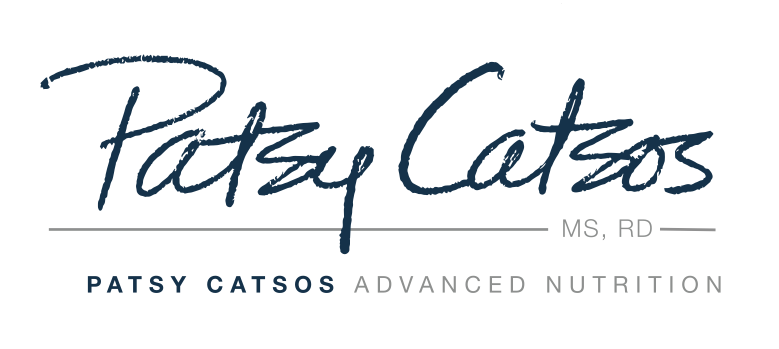Q. My child is prone to frequent stomach aches. Her doctor says she is healthy and he doesn’t have any concerns about her height or weight. I have pretty bad IBS myself and I worry about whether my daughter might have it too. I’ve heard that a low-FODMAP diet can help kids with IBS. Should I try it with her?
A. Parenting is a balancing act, isn’t it? On the one hand, you want to do anything in your power to help your child feel better. On the other hand, as a savvy parent, you don’t want to make the problem worse by over-reacting. Kids can certainly have IBS, but my advice is not to jump to that conclusion. There may some simple fixes available. Want to help?
1. Play it cool. Listen carefully to your child, but don’t amplify the drama, over-pamper, assume the worst or ask about it too often. This is called “catastrophizing” and should be avoided. Distraction may be a better strategy. Of course, be sure to contact your child’s doctor if she ever passes any bloody stools or has a fever related to her stomach aches, if she does not seem to be growing as she should be, if she ever has severe abdominal pain, or if symptoms regularly interfere with school or social activities. Stick to the facts when you meet with your child's doctor; keep your worries to yourself in your child’s presence.
2. If you decide to try some dietary changes, keep it light. It is just as important to avoid developing food fear as it is to avoid tummy aches! Maybe more important, depending on the child. If you can do your parental “thing” behind the scenes, with little or no discussion, that's all the better.
3. Serve ½ cup of fresh fruit at a time, or one small piece. Yes, fruit is healthy and you should serve it several times a day, but fruit does contain a natural sugar, known as fructose. Large portions might be too much for some youngsters. Some kids literally outgrow this problem. Our intestines grow along with the rest of us during childhood and adolescence. By the time we are adults, our intestines have more surface area with which to absorb fructose.
4. Skip the fruit juice and sweetened beverages such as soda, pop, fruit drinks, sweet tea, and lemonade; they are also sources of fructose. Unlike fresh fruit, the fructose in these foods doesn’t come along with other nutrition benefits, so your child really does not need them at all. Instead, serve more water, and set a good example by drinking it yourself. Try infused and flavored waters for a nice change, or check out the Fancy Mint Ice Cubes in our beverage post.
5. Try lactose-free milk. While very young children are rarely lactose intolerant, some older children and teens have difficulty digesting and absorbing lactose, a natural sugar found in milk. Milk, yogurt, and ice creams that have been pre-treated with the enzyme lactase might provide an easy solution to the problem.
6. Take a look at the “bready stuff.” If your family tends to eat wheat-based bready items like bagels, toast, wraps, sandwiches and pizza at most meals, try cutting back. No, you don’t have to go gluten-free, but consider serving bready items just once or twice a day. Serve more brown rice, potatoes, sweet potatoes, and quinoa instead.
Disclosure: we earn a commission on purchases made through this link.
If you need more ideas for tummy-friendly recipes, or if your healthcare professional does recommend a low-FODMAP diet for your child, pick up a copy of IBS-Free Recipes for the Whole Family, my book with pediatric dietitian Karen Warman and mom/recipe developer Lisa Rothstein.
This page may contain affiliate links. We are a participant in the Amazon Services LLC Associates Program, an affiliate advertising program designed to provide a means for us to earn fees by linking to Amazon.com and affiliated sites.


